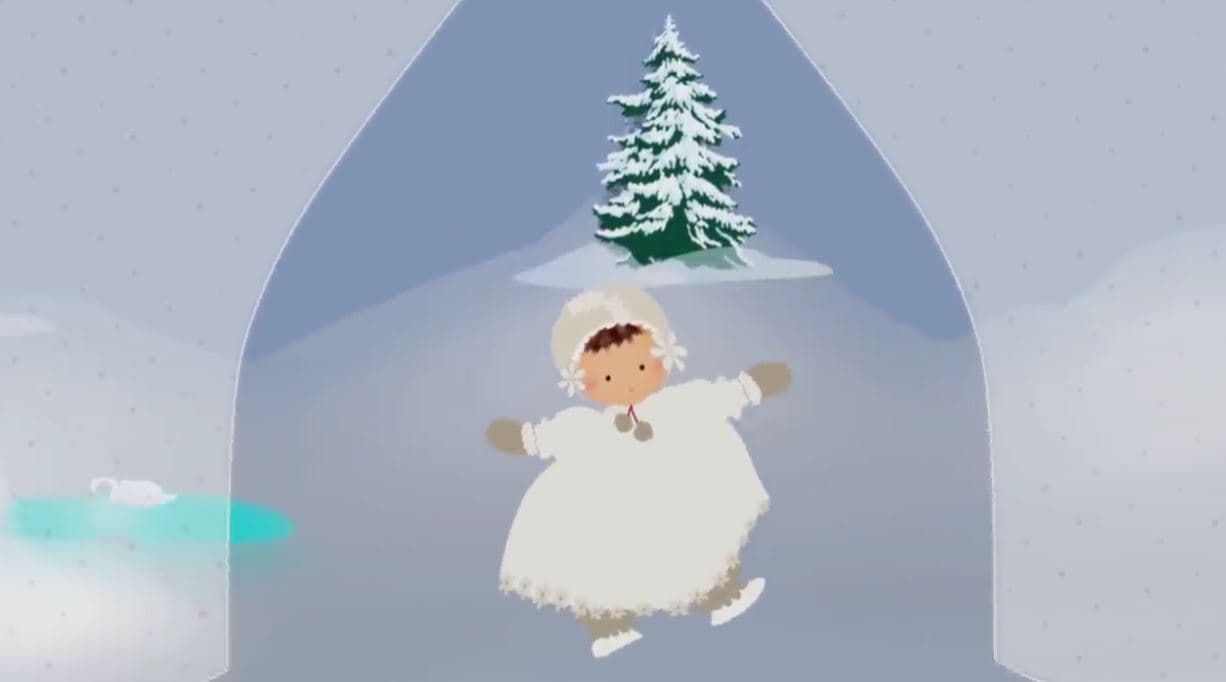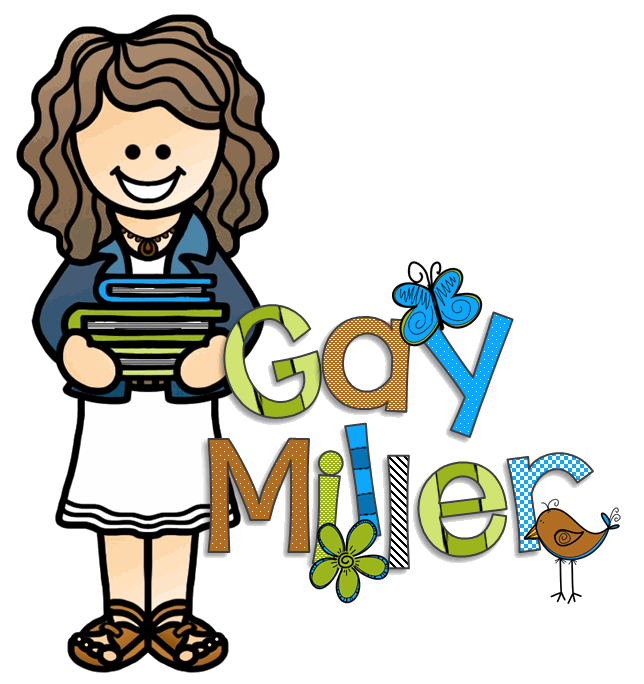
Are you looking for a new twist on teaching poetic elements? Check out these seven activities that use winter figurative language and poems. Winter idioms, Jack Frost, and snow make for high-interest topics during the cold, winter months.
Students will find rhyming schemes, identify figurative language, and analyze what is taking place in the poems. They will even enjoy writing a second verse to a poem using the author’s pattern.
These poems vary greatly in difficulty, so one activity should be a great fit for any upper elementary student. This also means you can ability group students and assign different activities to different groups as a way to differentiate instruction.
The Handouts
The handout for this blog post is now available in the Winter Vault. It includes all activities, including the link to the Google Slides.
To access this handout and other winter-themed resources, click the button below. Sign up using your email, and we’ll send you the username and password immediately.
Winter Figurative Language Activities
Activity #1
Students will select idioms that contain winter-related words such as ice, cold, or snow. Idioms might include:
- snow job
- to break the ice
- the snowball effect
- to get cold feet
- on thin ice
- and so on
A list of winter idioms is included in the handout. Students then write their selected idioms and the idioms’ meanings. Finally, students create literal drawings of their idioms.
Activities #2-3
In the second and third activities, students read two different poems with the same title. Students locate figurative language, find rhyming patterns, and compare the two poems.
Activity #4
The North wind doth blow and we shall have snow,
And what will poor robin do then, poor thing?
He’ll sit in a barn and keep himself warm
and hide his head under his wing, poor thing.
In this activity, students write a new verse for the rhyme “North Wind.” This is a super simple way to encourage reluctant writers to create their own poems. Students will follow a set pattern that is provided on the printable. All that is required is to fill in the blanks with the requested information.
Activity #5
Suzy Snowflake was made famous by Rosemary Clooney (who starred in the popular movie White Christmas and aunt to George Clooney) in 1951. The song personifies a snowflake named Suzy.
Here comes Suzy Snowflake
Dressed in a snow-white gown
Tap, tap, tappin’ at your windowpane
To tell you she’s in town.
In this activity, students learn about poetry using the lyrics to the song Suzy Snowflake.

Activity #6
Figuring out the rhyming scheme to the poem London Snow is fun and challenging. Students also answer questions about the setting, make inferences, and find the changing point of view in the poem.
Activity #7
Dust of Snow
by Robert Frost
The way a crow
Shook down on me
The dust of snow
From a hemlock tree
Has given my heart
A change of mood
And saved some part
Of a day I had rued.
Of a day I had rued.
Who doesn’t love Robert Frost? His vivid descriptions of nature take the reader to the locations of his poems. His poems can be enjoyed on a literal level as well as delving into hidden means of metaphoric text.
In this activity, students will enjoy analyzing the poems on the literal level. They will find sound devices and rhyming schemes. Students will also infer how the narrators feel about nature.
Didn’t catch the link for the handouts earlier? No worries! Click the button below to access the handout and other winter-themed resources. By signing up for our newsletter, you’ll get instant access to these materials and stay updated with our latest educational content.



5 comments
Skip to comment form
Greetings! This is my first comment here so I just wanted to give a quick shout out
and tell you I really enjoy reading your articles.
Can you suggest any other blogs/websites/forums that cover the same topics?
Thanks a lot!
Appreciating the dedication you put into your blog and
the in depth information you provide. It’s good to
come across a blog every once in a while that isn’t
the same old rehashed material. Fantastic read! I’ve bookmarked your site and I’m including your RSS
feeds to my Google account.
Thanks very interesting blog!
Hello! I just wish to offer you a huge thumbs up for the great information you’ve got right here on this post.
I’ll be coming back to your web site for more soon.
Pretty nice post. I just stumbled upon your blog and wished to say that I’ve truly
enjoyed browsing your blog posts. I hope you write again very soon!